During the three years after 1944, a struggle for power took place between the democratic parties, which held fast to the Western political tradition, and the Communist Party, which was committed to the Soviet model. The communists, though they had few supporters, came to power in the spring of 1945 because the Soviet Union had intervened forcefully on their behalf.
The decisive factor was the Soviet leader ’s approval of a seizure of power, which he gave during a visit to Moscow in January 1945 by Gheorghe Gheorghiu-Dej, the leader of the so-called “native” faction of the party (composed mainly of ethnic Romanians), and Ana Pauker, who headed the “Muscovites” (those who had spent their careers mainly in the Soviet Union and were not ethnic Romanians). Extraordinary pressure by Soviet authorities forced King Michael to appoint a procommunist government led by Petru Groza on March 6. Between the installation of the Groza government and the parliamentary elections in November 1946, the Communist Party used its control of the security apparatus and other key government agencies to suppress the opposition. The democratic forces were led by Maniu, the National Peasant Party, leader and Bratianu the National Liberal Party, lider.
When elections finally took place on November 19, 1946, the official tally gave about 80 percent of the vote to the communists and their allies, but strong evidence indicates that the results were falsified in order to hide a substantial victory by the National Peasants.
The year 1947 was the final year of modern Romania: liberal political and economic structures and individualist mentalities nurtured during the preceding century gave way to a collectivist model of development and an alien ideology.With the signing of a peace treaty in February 1947 that ratified the terms of the 1944 armistice and returned northern Transylvania to Romania, Western influence in the country came to an end. The final act was the forced abdication of King Michael and the proclamation of the Romanian People’s Republic on December 30, 1947. The communists were now able to accelerate the Sovietizaton of public life, which was to result in an isolation from the West.
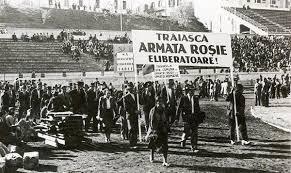
Between 1948 and 1960, communist leaders laid the foundations of a totalitarian regime. They provided themselves with a formal political structure in 1948 by adopting a Soviet-style constitution that reserved ultimate authority for the party. Governmental institutions served merely as the machinery to carry out party decisions. In reordering the Romanian economy, the party adopted Stalinist principles: rigid central planning and direction, as well as emphasis on heavy industry at the expense of consumer goods. It also undertook the forcible collectivization of agriculture, a campaign completed in 1962.In cultural and intellectual life, the communists expected Romanian artists and writers to subordinate their creativity to party directives and to contribute works that were relevant to contemporary society.
The Soviet Union formalized its domination of Romanian affairs through various devices: Council for Mutual Economic Assistance, created in 1949 to coordinate economic activity within the Soviet bloc; the Warsaw Treaty Organization.
In Romania under Ceausescu, many factors of Stalinist Russian Communism were in place. Most noticeable was the heavy totalitarianism. During communism, many everyday items had restricted access. Even owning a typewriter was strictly monitored, people who wanted to purchase one had to register it with the police and explain once a year what they were using the typewriter for. This was done so to clamp down on any anti-government ‘propaganda’ being printed and distributed amongst the people.
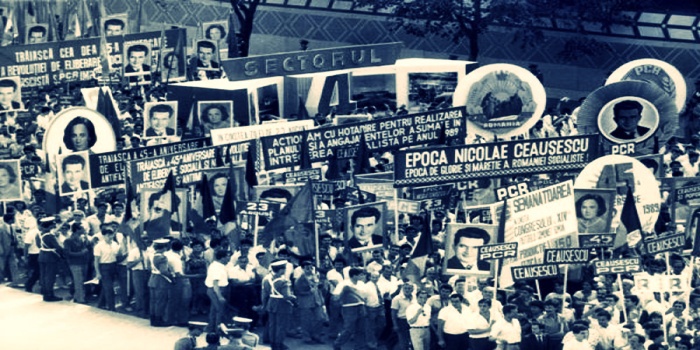
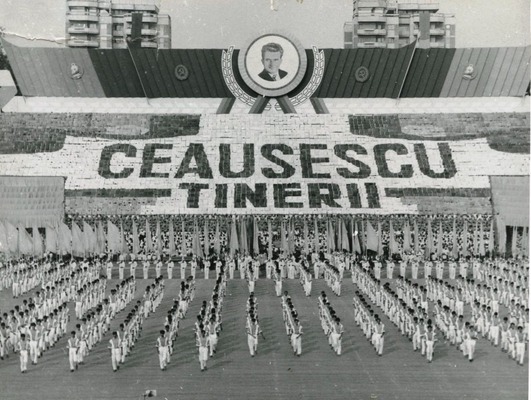
During the communist days, the regime rationed many everyday essentials to the people. For twenty years, items such as bread, meat and fuel were restricted for Romanians. The more affluent economic and social factors of capitalism have made sure that these days continue to remain a thing of the past. They were hard days for Romanians but, like many other countries once behind the iron curtain, the slow walk down the path which they have followed towards political and economic freedom has proved worth it.
At 8:00 pm, the kids would go home to join their parents in watching the only two hours of TV that were available in Romania each day. For children, there was a state-controlled cartoon show with a hero named Mihaela.
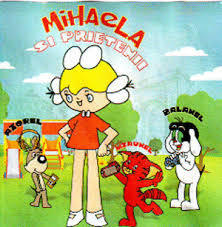
"Usually, Mihaela talked about our great leader.""First we had to listen to a song about our great leader. Then, there'd be a story involving Mihaela."
Going to church and engaging in religion was not made illegal by the Ceausescu regime, yet it was criticised.
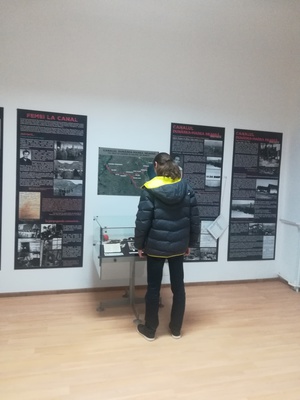
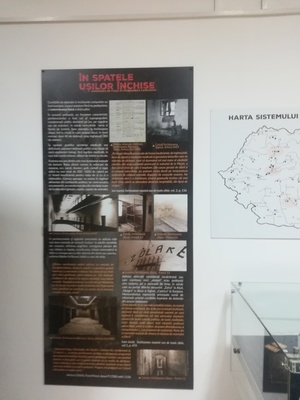
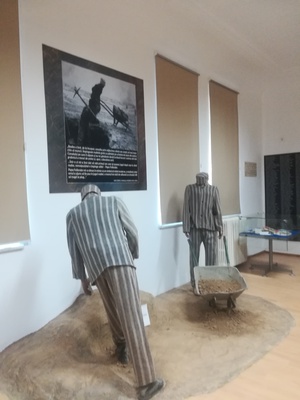
Visiting the exhibition in our Historical Museum about communist regime in Romania.
Analyze and compare with other countries.